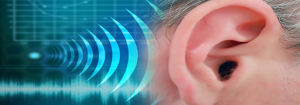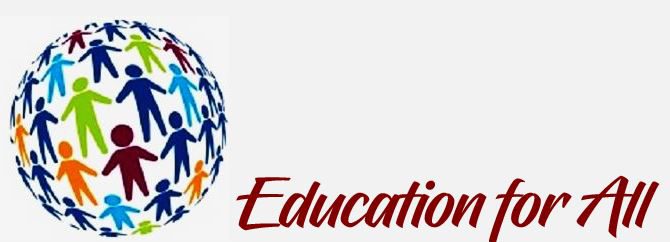The causes and degrees of hearing loss vary across the Deaf and Hard of Hearing community, as do methods of communication and attitudes toward Deafness.  The word deaf refers to an individual with very little or no functional hearing and who often uses sign language to communicate. Hard of Hearing refers to an individual who has a mild-to-moderate hearing loss who may communicate through sign language, spoken language, or both. Hearing Impaired, used to describe an individual with any degree of hearing loss, is a term offensive to many deaf and hard-of-hearing individuals. They consider the terms “deaf” and “hard of hearing” to be more positive. Although it is true that their hearing is not perfect, they prefer not to be labeled “impaired” as people.
The word deaf refers to an individual with very little or no functional hearing and who often uses sign language to communicate. Hard of Hearing refers to an individual who has a mild-to-moderate hearing loss who may communicate through sign language, spoken language, or both. Hearing Impaired, used to describe an individual with any degree of hearing loss, is a term offensive to many deaf and hard-of-hearing individuals. They consider the terms “deaf” and “hard of hearing” to be more positive. Although it is true that their hearing is not perfect, they prefer not to be labeled “impaired” as people.
FAQ’s
Is sign language universal?
No. This is a common misconception. Signed languages develop locally within Deaf communities and each country has their own sign language. There is a small percentage of signs that are iconic, meaning they look like what they are in real life (eating food, riding a bike, etc.) However, languages around the world are distinct and are not mutually comprehensible as language tends to be culturally based.
What is the difference between a translator and an interpreter?
Translators work with written text, for example translating a book from Japanese to English. Interpreters work with live content such as interpreting an appointment or class lecture. Sweetwater District utilizes spoken language interpreters for situations like IEP meetings where there are family members who don’t speak English. We also have American Sign Language interpreters who work with Deaf and Hard-of-Hearing students in their classrooms.
Why do interpreters come in pairs?
You may have seen a situation where two interpreters are working together and switching on and off. This is due to how cognitively demanding interpreting is in certain situations, especially if the content is detailed, technical or fast paced. Research has shown that interpreters start to mentally fatigue and make more errors after about half an hour of work. Switching interpreters ensures higher accuracy and less work-related injuries. The resting interpreter is still engaged in the interpretation and will support their team if the working interpreter misses something or needs clarification.
When talking to a Deaf/Hard of Hearing student through an interpreter where should I look?
It can be instinctive to look at the interpreter when they are signing or speaking but it is more appropriate to look at the student. The student is the person you are communicating with and your eye contact acknowledges them and creates rapport. You can speak directly to the student, for example “please turn in your paper” instead of, “tell him to please turn in his paper.”
More questions about sign language or working with an interpreter?
Feel free to email Martha.Chavarria@sweetwaterschools.org and we will answer your questions.
